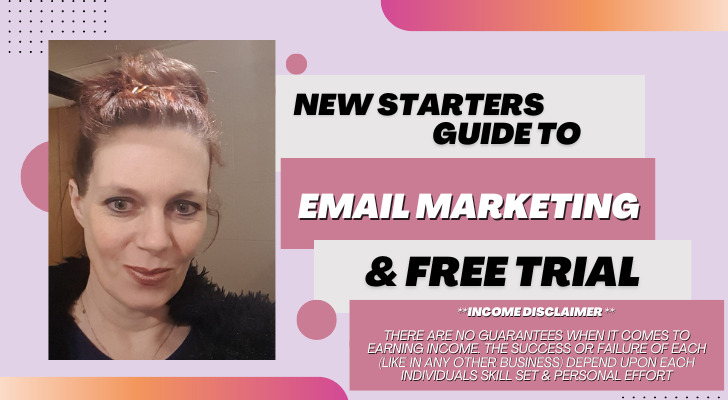Leads generation and conversion
Mastering Lead Generation and Conversion: Fueling Business Growth in the Digital Age
In today's hyper-competitive business landscape, generating high-quality leads and converting them into loyal customers is essential for sustained growth and success. Lead generation and conversion represent the lifeblood of any business, driving revenue, increasing market share, and fostering long-term relationships with customers. In this article, we explore the strategies, techniques, and best practices for effective lead generation and conversion in the digital age.
Lead Generation: The Foundation of Growth
Lead generation is the process of attracting and capturing potential customers' interest in products or services. In the digital era, where consumers are bombarded with information and choices, businesses must employ targeted strategies to stand out amidst the noise and capture the attention of their target audience.
Content marketing plays a central role in lead generation, offering valuable and relevant content to potential customers to address their pain points and needs. Blog posts, ebooks, webinars, and infographics are powerful tools for engaging prospects and nurturing them through the sales funnel.
Search engine optimization (SEO) is another critical component of lead generation, ensuring that businesses rank prominently in search engine results for relevant keywords and phrases. By optimizing website content, meta tags, and backlinks, businesses can attract organic traffic and generate leads from users actively searching for their products or services.
Social media platforms provide fertile ground for lead generation, enabling businesses to connect with prospects, build relationships, and drive traffic to their websites. Through targeted advertising, engaging content, and interactive campaigns, businesses can capture leads and cultivate brand advocates among their social media followers.
Conversion: Turning Leads into Customers
While generating leads is essential, the ultimate goal is to convert them into paying customers. Conversion optimization focuses on maximizing the likelihood that leads will take the desired action, whether it's making a purchase, signing up for a newsletter, or requesting more information.
Personalization is a key driver of conversion, tailoring the customer experience to meet individual preferences and needs. By leveraging data analytics and customer insights, businesses can deliver targeted messaging, product recommendations, and offers that resonate with their audience, increasing the likelihood of conversion.
User experience (UX) design plays a crucial role in conversion optimization, ensuring that the customer journey is seamless, intuitive, and frictionless. From website navigation to checkout processes, businesses must remove barriers and streamline the path to conversion, making it easy for leads to take action.
Social proof and trust signals are powerful tools for boosting conversion rates, providing reassurance to leads that they are making the right decision. Customer testimonials, reviews, case studies, and trust badges help establish credibility and alleviate concerns, prompting leads to take the next step towards conversion.
Furthermore, effective follow-up and nurturing strategies are essential for converting leads into customers. By staying engaged with leads through email marketing, retargeting ads, and personalized communications, businesses can build rapport, address objections, and guide leads through the decision-making process, ultimately converting them into loyal customers.
In conclusion, lead generation and conversion are critical components of business growth, requiring a strategic and integrated approach across marketing, sales, and customer experience. By employing targeted strategies, leveraging technology, and prioritizing customer engagement, businesses can attract high-quality leads, nurture relationships, and drive conversions, fueling sustainable growth and success in the digital age.
No comments yet


